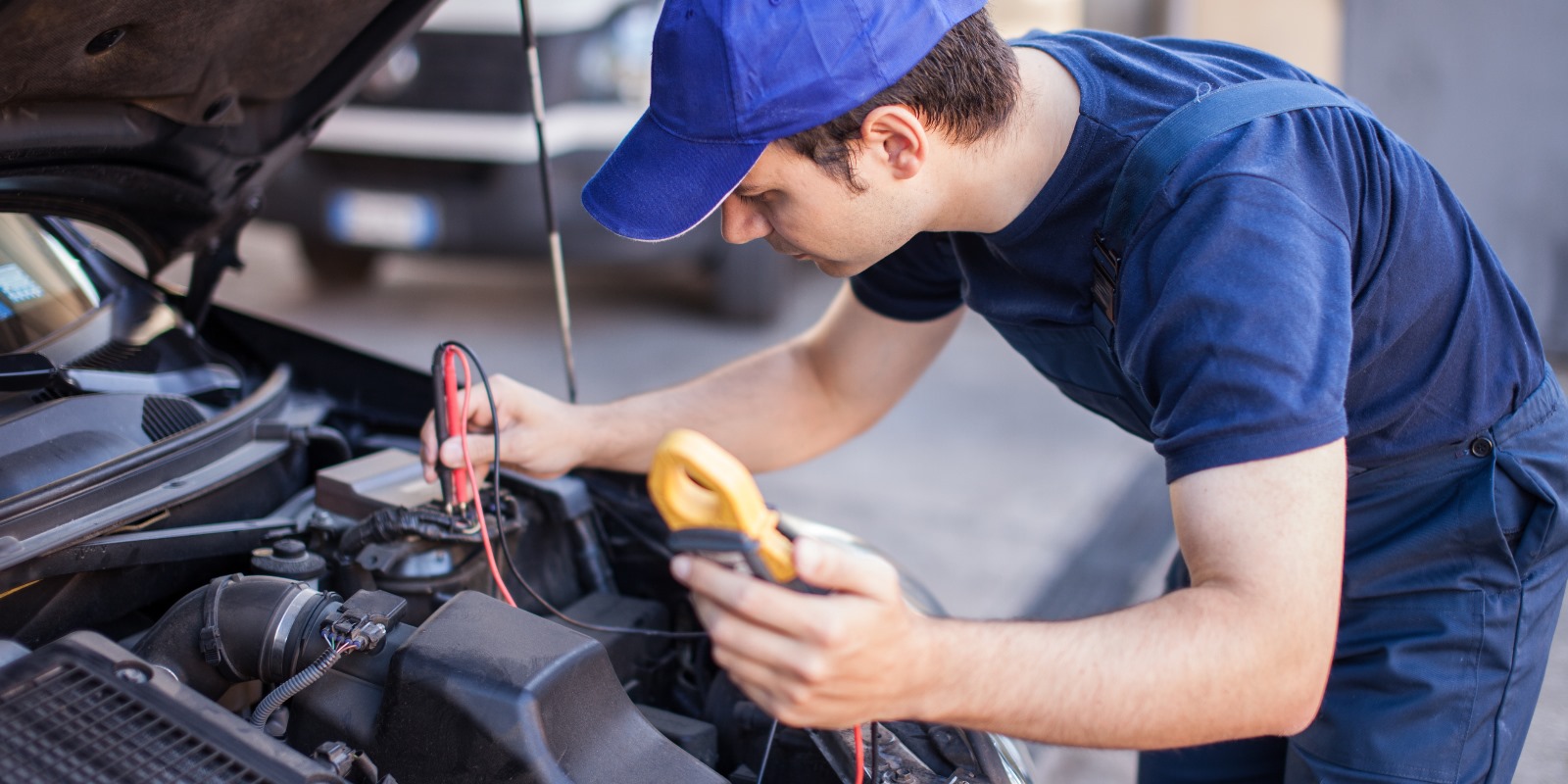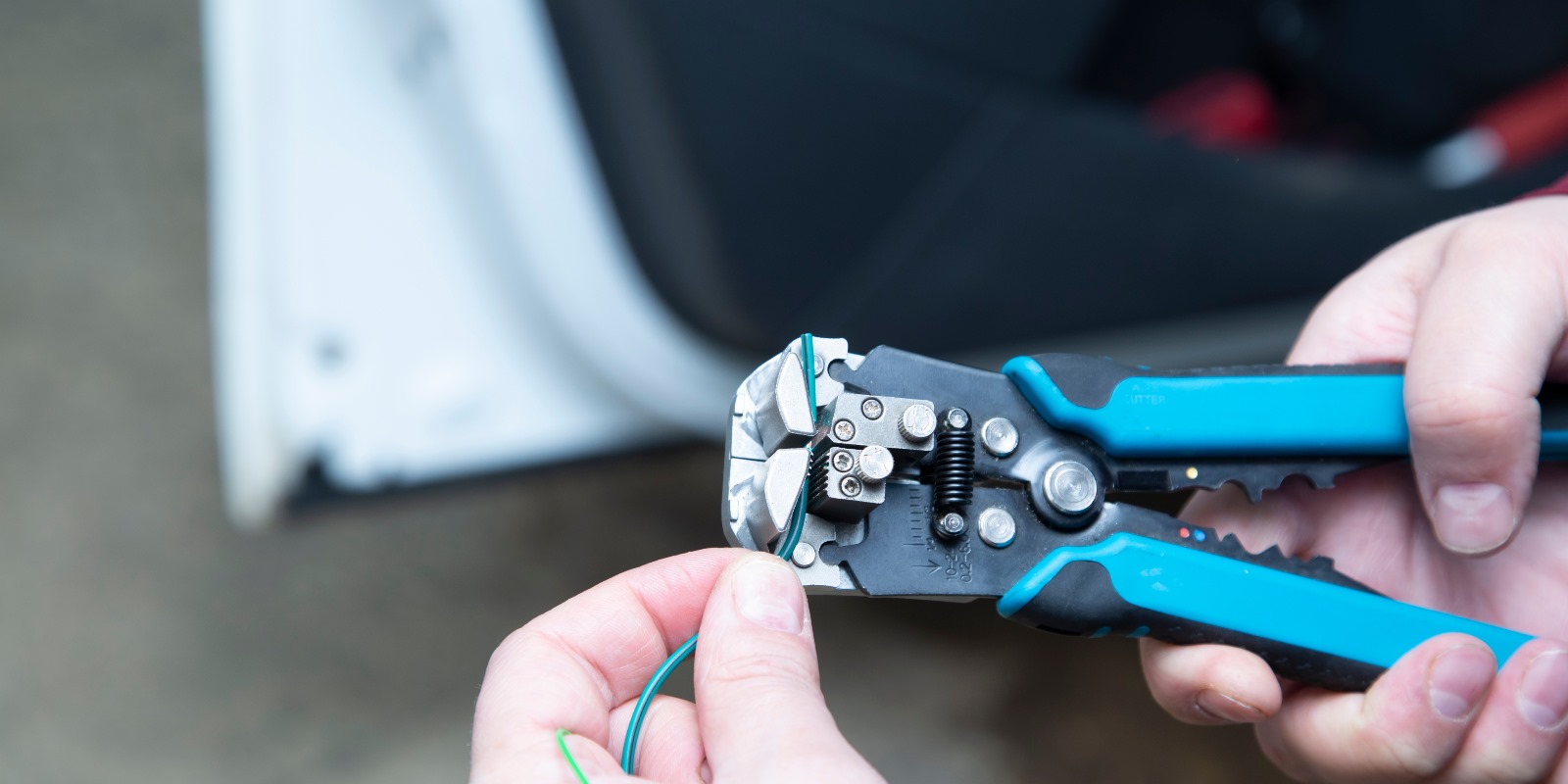Cracking the Code: A Deep Dive into Automotive Wires

When you pop the hood of your vehicle, you'll find a labyrinth of wires that play a vital role in its operation. From powering lights to transmitting data, each wire serves a specific purpose. In this guide, we'll unravel the mysteries of different types of automotive wires, shedding light on trailer cables, single core wires, figure 8 cables, twin-sheath cables, and welding cables, while exploring their applications within the automotive world and your automotive setup.
1. Trailer Cable: Towing Powerhouse
Trailer cables are robust, multi-core wires designed for the demanding task of connecting a vehicle to a trailer. They come equipped with multiple conductors within a single jacket. These wires are used to transmit power for the trailer's lights, brakes, and other auxiliary functions. When you're towing a caravan or boat trailer behind your car in Australia, you're likely relying on trailer cables to keep the lights and brakes synchronized for safe and legal towing.
2. Single Core Wire: Versatile Workhorse
Single-core wires are the most common type in automotive wiring. They consist of a single conductor encased in an insulating jacket. These wires are used extensively throughout vehicles, from powering headlights and taillights to connecting sensors and switches. Whether it's the wire running to your car's battery or the one controlling the ignition system, single-core wires are the backbone of automotive electrical systems.
3. Figure 8 Cable: Simplifying Connections
Figure 8 cables, also known as parallel twin cables, feature two insulated conductors side by side, resembling the number 8. These cables are commonly used in automotive applications for wiring speakers and radios. When you enjoy your favorite tunes on a road trip through the picturesque Australian landscape, figure 8 cables are behind the scenes, delivering crisp sound from your car's audio system.
4. Twin Sheath Cable: Efficient and Organized
Twin sheath cables take organization to the next level. They consist of two insulated conductors, each with its own individual jacket. These cables are frequently employed in automotive contexts where multiple wires need to be bundled together neatly. For example, they might be used in the wiring harnesses of a car's engine compartment, ensuring a tidy and organized electrical system.
5. Welding Cable: Heavy-Duty Powerhouse
Welding cables are heavy-duty wires designed to handle high currents. While they are primarily used for welding applications, they also find a place in automotive contexts where substantial power is required. In Australia, where off-roading and 4x4 adventures are popular, welding cables may be used to connect high-power accessories like winches, providing the necessary muscle to tackle tough terrains.

Understanding these various types of automotive wires and their applications is crucial for maintaining and customizing your vehicle to suit your needs, whether you're towing a caravan, enhancing your car's sound system, or powering accessories for off-road exploration. These wires are the unsung heroes that keep your automotive adventures running smoothly, and having the right wire for the right task ensures your vehicle's reliability and performance in any Australian setting.
